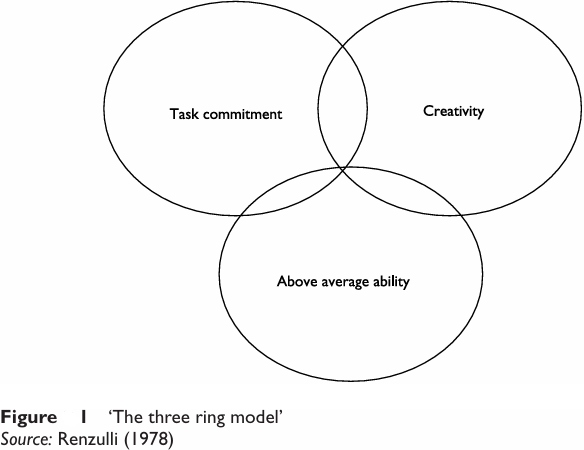

Grammar


Tenses


Present

Present Simple

Present Continuous

Present Perfect

Present Perfect Continuous


Past

Past Continuous

Past Perfect

Past Perfect Continuous

Past Simple


Future

Future Simple

Future Continuous

Future Perfect

Future Perfect Continuous

Passive and Active


Parts Of Speech


Nouns

Countable and uncountable nouns

Verbal nouns

Singular and Plural nouns

Proper nouns

Nouns gender

Nouns definition

Concrete nouns

Abstract nouns

Common nouns

Collective nouns

Definition Of Nouns


Verbs

Stative and dynamic verbs

Finite and nonfinite verbs

To be verbs

Transitive and intransitive verbs

Auxiliary verbs

Modal verbs

Regular and irregular verbs

Action verbs


Adverbs

Relative adverbs

Interrogative adverbs

Adverbs of time

Adverbs of place

Adverbs of reason

Adverbs of quantity

Adverbs of manner

Adverbs of frequency

Adverbs of affirmation


Adjectives

Quantitative adjective

Proper adjective

Possessive adjective

Numeral adjective

Interrogative adjective

Distributive adjective

Descriptive adjective

Demonstrative adjective


Pronouns

Subject pronoun

Relative pronoun

Reflexive pronoun

Reciprocal pronoun

Possessive pronoun

Personal pronoun

Interrogative pronoun

Indefinite pronoun

Emphatic pronoun

Distributive pronoun

Demonstrative pronoun


Pre Position


Preposition by function

Time preposition

Reason preposition

Possession preposition

Place preposition

Phrases preposition

Origin preposition

Measure preposition

Direction preposition

Contrast preposition

Agent preposition


Preposition by construction

Simple preposition

Phrase preposition

Double preposition

Compound preposition


Conjunctions

Subordinating conjunction

Correlative conjunction

Coordinating conjunction

Conjunctive adverbs


Interjections

Express calling interjection


Grammar Rules

Preference

Requests and offers

wishes

Be used to

Some and any

Could have done

Describing people

Giving advices

Possession

Comparative and superlative

Giving Reason

Making Suggestions

Apologizing

Forming questions

Since and for

Directions

Obligation

Adverbials

invitation

Articles

Imaginary condition

Zero conditional

First conditional

Second conditional

Third conditional

Reported speech


Linguistics

Phonetics

Phonology


Semantics


Pragmatics

Linguistics fields

Syntax

Morphology

Semantics

pragmatics

History

Writing

Grammar

Phonetics and Phonology


Reading Comprehension

Elementary

Intermediate

Advanced


Teaching Methods

Teaching Strategies
Thinking about the gifted and talented
المؤلف:
Richard Bailey
المصدر:
Additional Educational Needs
الجزء والصفحة:
P127-C9
2025-04-15
150
Thinking about the gifted and talented
Who are the gifted and talented? Traditional conceptions of giftedness have focused on single measures of ability, most commonly the famous intelligence quotient (IQ). Simply put, the higher one’s score on an IQ test, the more able one is. Underpinning notions like IQ is the assumption that ability can be related to a ‘general intelligence factor’, which relates to an individual’s ability to reason and make connections (Koshy, 2002).
The appeal of this type of approach is obvious, and the opportunity to reduce a child’s ability to a single number was so attractive to teachers and policy-makers that it continued to dominate educational assessment until relatively recently. Over time, however, there has developed a consensus that it is not possible to capture giftedness with a single measure like IQ. Critics have shown that a high IQ is not a good predictor of later success (Winner, 2000), and that creative or divergent thinkers may perform poorly in such tests (Koshy, 2002). Nowadays, almost all educational theories of high ability tend to favor what is called ‘multi-dimensional models’ (Ziegler and Heller, 2000).
Perhaps the best-known multi-dimensional model is Gardner’s Multiple Intelligence theory (1983). Although it, too, has its critics (White, 1998), Gardner’s theory has won massive international recognition. Its key notion is that ability manifests itself in numerous ways, and that children possess multiple talents that ought to be acknowledged. In its most recent formulation, Gardner (1999) suggested nine forms of intelligence, as follows:
1 Linguistic Intelligence: including sensitivity to and love of words, spoken and written language.
2 Logical-mathematical Intelligence: logical and special mathematical thinking skills.
3 Spatial Intelligence: conception and perception of space, including spatial memory.
4 Bodily-kinaesthetic Intelligence: psychomotor abilities, coordinated movement and athletic performance.
5 Musical Intelligence: skills in producing, composing, performing and appreciating music and sound.
6 Intrapersonal Intelligence: self-awareness and sensitivity to one’s own actions, motivations and feelings.
7 Interpersonal Intelligence: social intelligence, and sensitivity to others’ actions, motivations and feelings.
8 Naturalistic Intelligence: the ability to discern patterns in the living world.
9 Existential Intelligence: reflection on the fundamental questions of existence.
The case has also been made that giftedness and talent represent more than just academic ability. Renzulli (1973), for example, argues that giftedness is the coincidence of creativity and motivation (or task commitment, in his terms). His ‘three ring’ model (see Figure 1) offers a framework for parents and schools to ensure that children’s abilities are nurtured and supported through fostering motivation and creativity.

Discussion
■ What sort of personal and environmental factors might influence a child’s performance on an ability or intelligence test?
■ How can you identify high levels of creativity and motivation? What can you do to foster these qualities in your work with pupils?